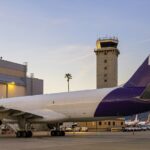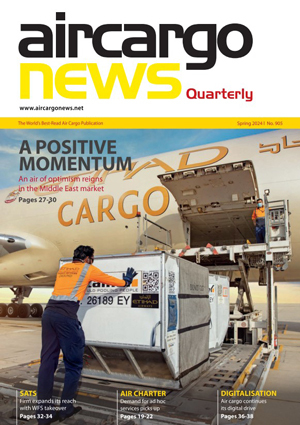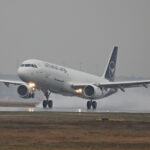Asian Cargo Monthly: Freight traffic continues to grow
02 / 05 / 2017
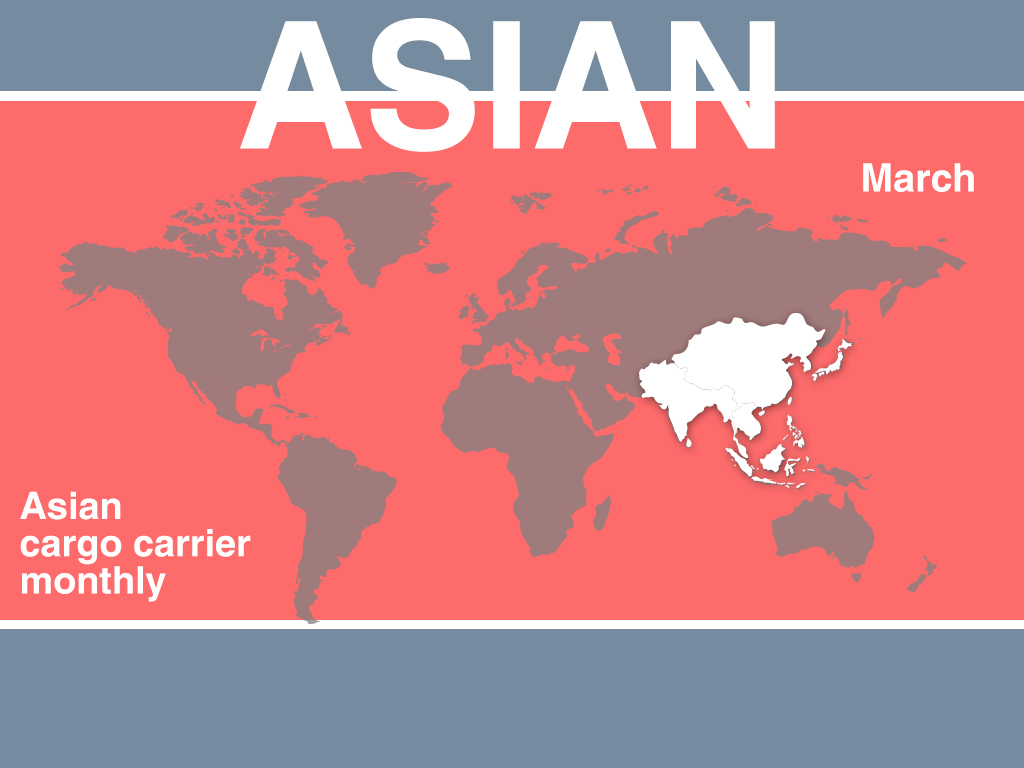
Asian carriers continued to record cargo demand improvements in March, with airlines boosted by new product launches.
The latest airline data shows that six out of seven airlines included in Air Cargo News’ monthly Asia wrap-up saw demand increase during March.
The largest of the carriers, Cathay Pacific, registered a 15.4% year-on-year improvement in demand to 1bn cargo and mail revenue tonne km.
Click here to access the Data Hub menu or on the image below to go directly to the interactive chart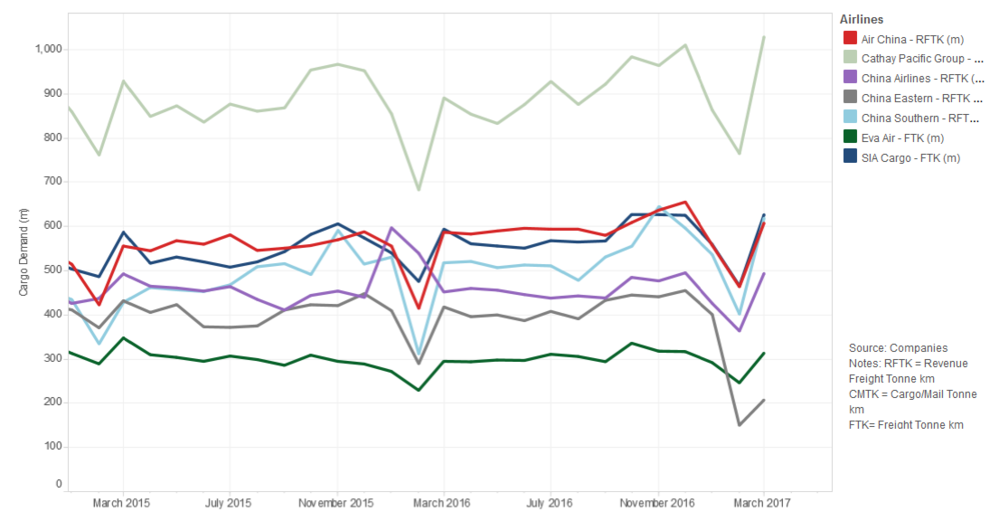
This represents the airline’s fourth year-on-year improvement in a row and its second double-digit percentage improvement in a row. During the first quarter, traffic was up 9.4% on a year earlier.
Meanwhile, capacity during the month was up by the lower amount of 3.3% and as a result the airline group’s cargo load factor climbed to 70.3% compared with 63% last year.
Cathay Pacific general manager cargo sales and marketing Mark Sutch said: “Our cargo business continued its positive momentum into March.
“Tonnage grew well ahead of our capacity growth. Asian exports were boosted by a number of new product launches and quarter-end project movements.
“Transpacific routes and inbound-India routes were particularly strong. Volumes from the Hong Kong market recorded good year-on-year growth.
“It was also encouraging to see the inbound loads from Europe and North America continue to hold up well.
“The collective result was a high load factor across the network and improving yields. In March we welcomed Tel Aviv to our network and this took-off to an encouraging start with solid import and export volumes.”
The next largest of the seven carriers, SIA Cargo, saw traffic increase by 5.4% year on year in March to 626m freight tonne km (FTK). In February the carrier saw demand decrease compared with a year earlier.
SIA reduced capacity during the month, meaning its cargo load factor reached 67.5% compared with 64% last year.
“[The] cargo load factor improved across all regions except South West Pacific, and west Asia and Africa, as demand outpaced capacity changes,” SIA said in a statement.
During the first quarter, demand increased by 2.5% compared with the same period in 2016.
China Southern also continued to record increases in demand during March as it saw traffic improve by 19.2% year on year to 618m revenue tonne km (RTK).
This is the airline’s second double-digit traffic improvement in a row. Its cargo load factor reached 55.2% compared with 50.3% last year.
One fact to note is that traffic grew much faster than the weight of cargo carried, suggesting that while China Southern has won some new business, it is also carrying cargo further than it was at the same point last year.
During the first quarter demand was up by 14.3% year on year.
At Air China there was a 3.3% improvement in traffic to 607m revenue freight tonne km. This is the airline’s thirteenth increase in a row, while demand for the first quarter is up 4.6% on a year ago.
China Airlines, meanwhile, registered a 9.1% year-on-year improvement in demand during March to 493m freight revenue tonne km – its eighth increase in a row. Traffic is up 8.6% in the first quarter.
At EVA Air, cargo traffic improved by 6.1% year on year to 313m freight tonne km and for the first quarter there was a 6.9% improvement.
The only airline to register a decrease in cargo traffic was China Eastern, where there was a 50.5% drop in revenue freight tonne km in March to 207m as it sold its stake in freighter operator China Cargo Airlines.
On a like-for-like basis demand would have improved by 11.6% against a year ago.
European and US carriers also reported good growth figures during the month.






